Overcup Oak, also known as Swamp Post Oak, Swamp White Oak, or Water White Oak, is a native plant belonging to the Fagaceae family and the species Quercus lyrata. Originating from Eastern North America, this woody tree is well-suited for urban landscaping due to its slow-growing habit and aesthetic appeal.
The tree gets its name from its distinctive acorn cup, which nearly covers the entire nut. Its deep green foliage in summer transitions to yellowish-brown hues in fall, making it a versatile choice for enhancing landscapes while maintaining seasonal interest.
| Common name | Overcup Oak, Swamp Post Oak, Swamp White Oak, Water White Oak |
| Botanical name | Quercus lyrata |
| Family | Fagaceae |
| Species | lyrata |
| Origin | Eastern North America |
| Life cycle | Woody |
| Plant type | Native Plant |
| Hardiness zone | 5, 6, 7, 8, 9 |
| Sunlight | Full Sun |
| Maintenance | Medium |
| Soil condition | Clay |
| Soil ph | Acid |
| Drainage | Poorly Drained |
| Growth rate | Slow |
| Spacing | 24 – 60 ft. |
| Harvest time | Fall |
| Flowering period | Spring |
| Height | 35 ft. – 60 ft. |
| Flower color | Brown, Copper |
| Leaf color | Gray, Silver |
| Fruit color | Brown, Copper |
| Stem color | Gray, Silver |
| Fruit type | Nut |
| Garden style | Butterfly Garden |
| Uses | Lawn |
I. Appearance and Characteristics
Quercus lyrata, the overcup oak, is an oak in the white oak group (Quercus sect. Quercus). The common name, overcup oak, refers to its acorns that are mostly enclosed within the acorn cup. It is native to lowland wetlands in the eastern and south-central United States, in all the coastal states from New Jersey to Texas, inland as far as Oklahoma, Missouri, and Illinois. There are historical reports of it growing in Iowa, but the species appears to have been extirpated there. It is a slow-growing tree that often takes 25 to 30 years to mature. It has an estimated lifespan of 400 years.
Quercus lyrata is a medium to large-sized deciduous tree, growing as tall as 47 meters (154 feet), with an average height of 24 m (79 ft). The trunk averages up to 80 centimetres (31 inches) in diameter, or rarely to 140 cm (55 in). It is a slow-growing tree that often takes 25 to 30 years to mature.
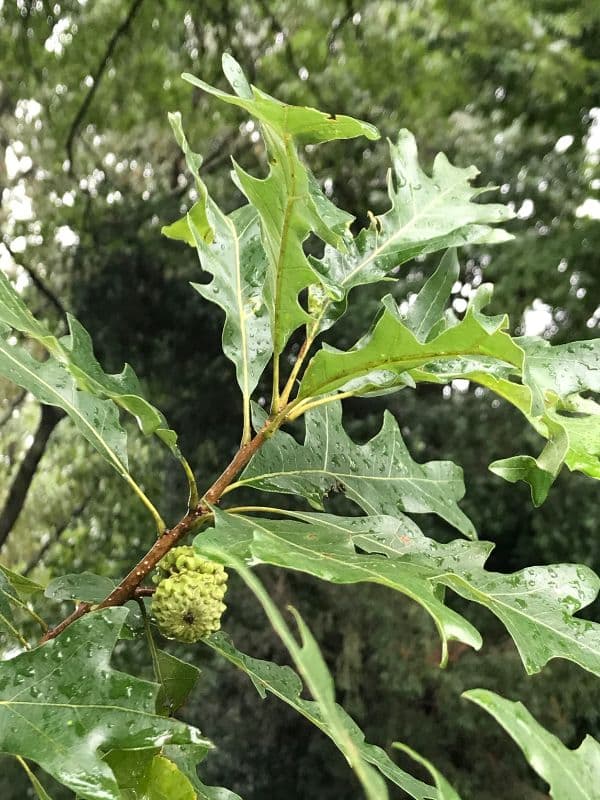
Quercus lyrata has simple leaves that are alternately arranged. On average, the leaves are 15 to 20 cm (6 to 8 in) inches long. They are broad, deeply lobed, and somewhat lyre-shaped (lyrate). Leaves have a leathery feel. They are dark green and shiny on the top while the underside is a paler gray-green with fine hairs. In autumn, leaf color varies between red, yellow, and brown. Like other oak trees, the overcup oak has clustered terminal buds.
The bark is light to dark gray in color with irregular bark plates. Its bark plates are deeply ridged and furrowed.
Quercus lyrata has male and female flowers. The male flowers, often brown or yellow in color, form in a drooping, elongated cluster. Female flowers appear as individual reddish spikes with surrounding leaves.
The fruit is an acorn. They are generally oval or oblong in shape, ranging from 13 to 25 millimeters (1⁄2 to 1 in) in length. The acorn contributes to the overcup oak’s common name. The acorns are almost entirely covered by their cup, hence the name overcup. The cup has gray, pubescent scales. The acorns also have a unique spongy shell that makes them buoyant. The pericarp of overcup oak acorns is unusually large for oaks and makes up 50% of acorn mass. The pericarp only makes up 30% of mass in other oak trees.
The overcup oak tree’s tissues contain tannins, especially in its young leaves and seeds. It actually has fewer tannins than most oaks. Unfortunately, this means that its acorns and young leaves are more pleasant tasting, actually increasing the chance of poisoning. Young children and people with cognitive issues may end up ingesting parts of the tree. Tannins mostly cause digestive problems, such as constipation, diarrhea, nausea, cramping, and bad gas. Eventually, those exposed to it can develop depressive symptoms and the frequent passing of dark urine. Any acorns that are swallowed whole can also obstruct the bowels.
II. How to Grow and Care
Sunlight
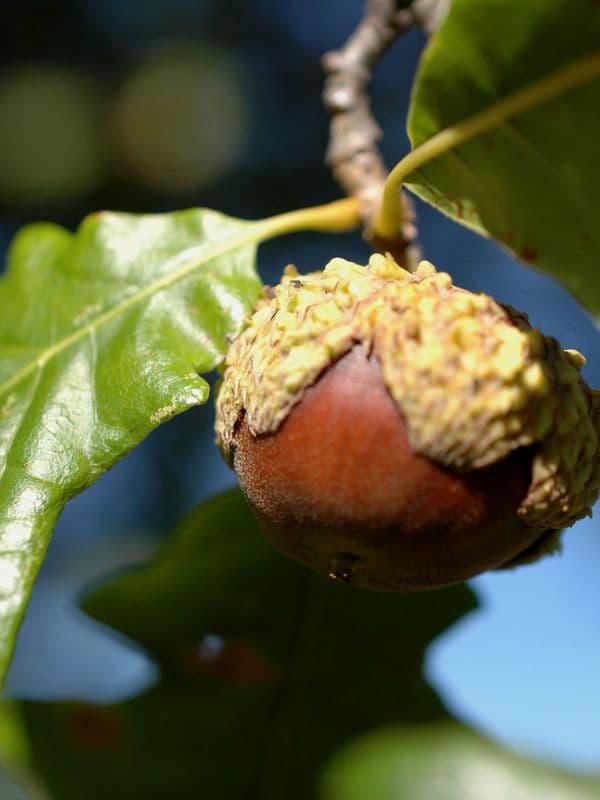
Overcup oak thrives in full sunlight conditions, where it receives unfiltered and direct light for at least 6-8 hours per day. Such intense exposure is crucial for optimal growth and health, contributing to vigorous development and robustness. Despite this preference, overcup oak exhibits a noteworthy tolerance to partial sun, where light is dappled or partially obstructed. While under such conditions, overcup oak’s growth rate may diminish, its overall health remains stable. In outdoor settings, overcup oak should be planted in locations with ample sunlight, avoiding deeply shaded areas to prevent stunted growth. The plant’s foliage may adapt to less than ideal light by adjusting leaf orientation or density to maximize light capture.
Temperature
Overcup oak grows in a large range of temperatures. It is adaptable in hardiness zones 5-9.It prefers well drained soil with adequate ventilation in the tree canopy. Overcup oak will not do well in standing water. Also, leaf molds pose serious threats if the leaves cannot dry out in the wind. So make sure they are not stuck against buildings where rainwater may drain.
Watering
Originating from wetlands and floodplains, overcup oak is well-adapted to environments with periodic inundation. This species exhibits a moderate drought tolerance but thrives best when soil moisture is consistent. Watering should be done once every 1-2 weeks, aligning with its preference for stable hydration without waterlogging. As an outdoor tree, overcup oak benefits from natural rainfall patterns and requires less intervention during the growing season when precipitation typically increases.
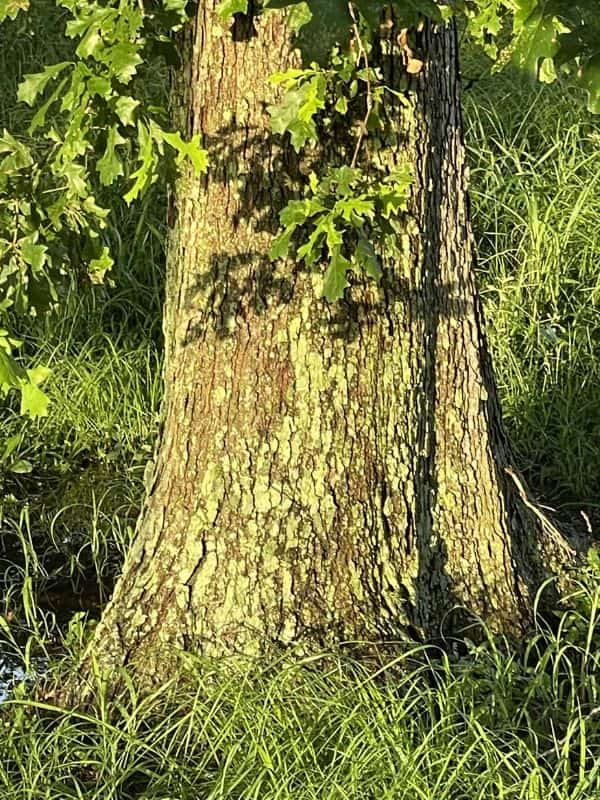
Soil
Ideal soils are well-drained loam, sandy-loam, or sandy-clay soils. Some alluvial fan areas and silts harbor good oaks stands. The key in all of these is that the soil is well-drained. Standing water cannot be tolerated by oaks.
Fertilizing
For overcup oak, a balanced slow-release fertilizer is optimal, applied once in early spring to bolster growth. High nitrogen formulas can be reserved for young or poorly established trees to improve vigor. Administering appropriate quantities as per product guidelines avoids over-fertilization risks such as root burn.
Seasonal adjustments are crucial; refrain from fertilizing in late summer to prevent winter-sensitive new growth. As overcup oak matures, reduce frequency, supporting natural growth without excess nutrients. Always water thoroughly post-fertilization for nutrient dispersion. Comprehensive yet measured fertilization enhances overcup oak’s health and resilience.
Pruning
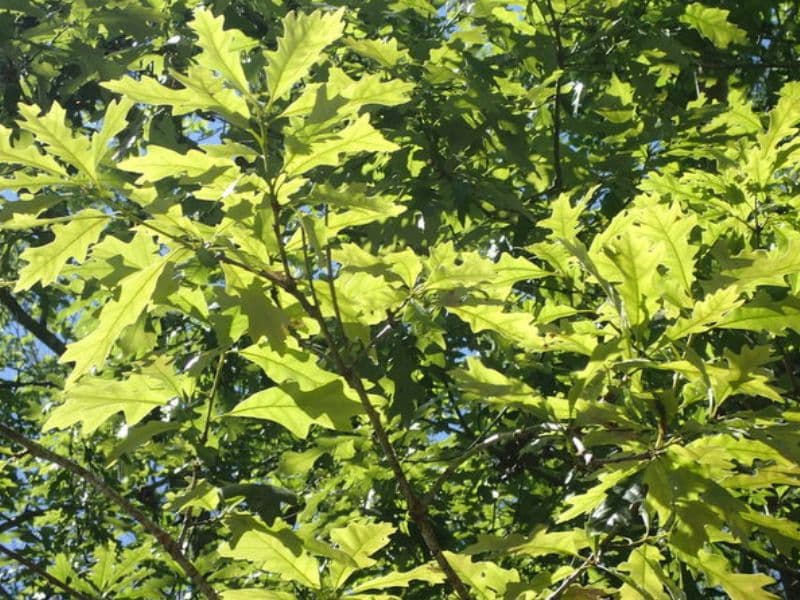
Branches should be pruned to avoid moist pockets or where heavy branches may fall on people or buildings. Avoid having branches that grow with leaves tight together or pressed against buildings. If rain collects in these pockets then molds and fungi can attack. Overcup oak love having their leaves dry out in a well ventilated breeze.
To ensure that no danger occurs from the brittle hardwood branches, make sure that heavy branches do not hang over walking paths or outbuildings. Also, do not let children play near oaks in a thunderstorm as they are susceptible to falling branches and lightning strikes.
Transplanting
The best period for transplanting overcup oak is during the mid to late dormant season. This timing encourages root development before the warmth of spring spurs new top growth. Overcup oak adapts well to a range of locations but prefers well-drained soil. Always ensure its large roots have plenty of room when transplanting.
III. Uses and Benefits
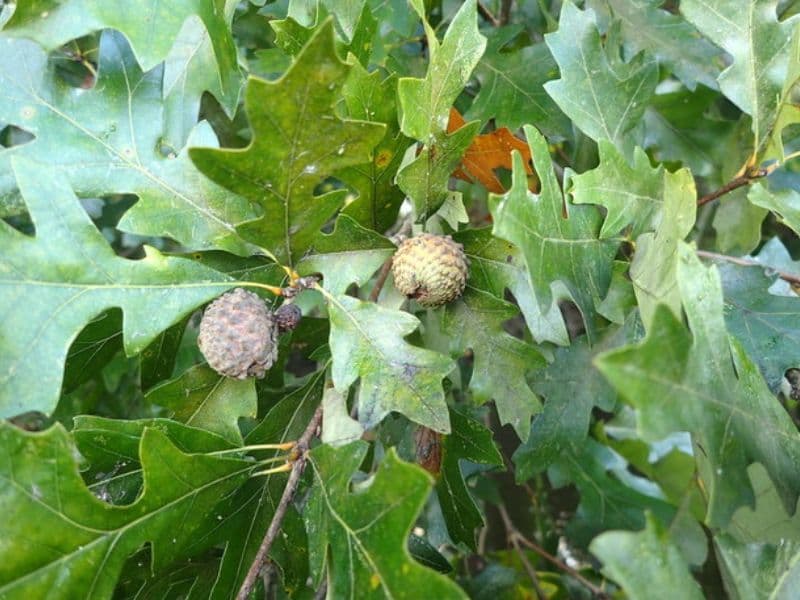
- Ornamental uses
The ornamental overcup oak provides plenty of shade and decoration to water or pond gardens. You can plant it in moist soil along the edge of ponds. When you grow it near ponds, you’re likely to draw in ducks and other waterfowl who enjoy eating the nuts. This tree is easy to grow and hardy, resistant to deer and hot temperatures.
- Other uses
The wood is considered less valuable than that of other white oaks. This is due to its relatively high susceptibility to injury and disease. However, it can be used for lumber and cooperage. It is not often used to make quality products such as furniture. It can be used as firewood. Its acorns are eaten by birds and mammals, but are a low severity poison to humans.
Find Where to Buy the Best Overcup Oak (Quercus lyrata)



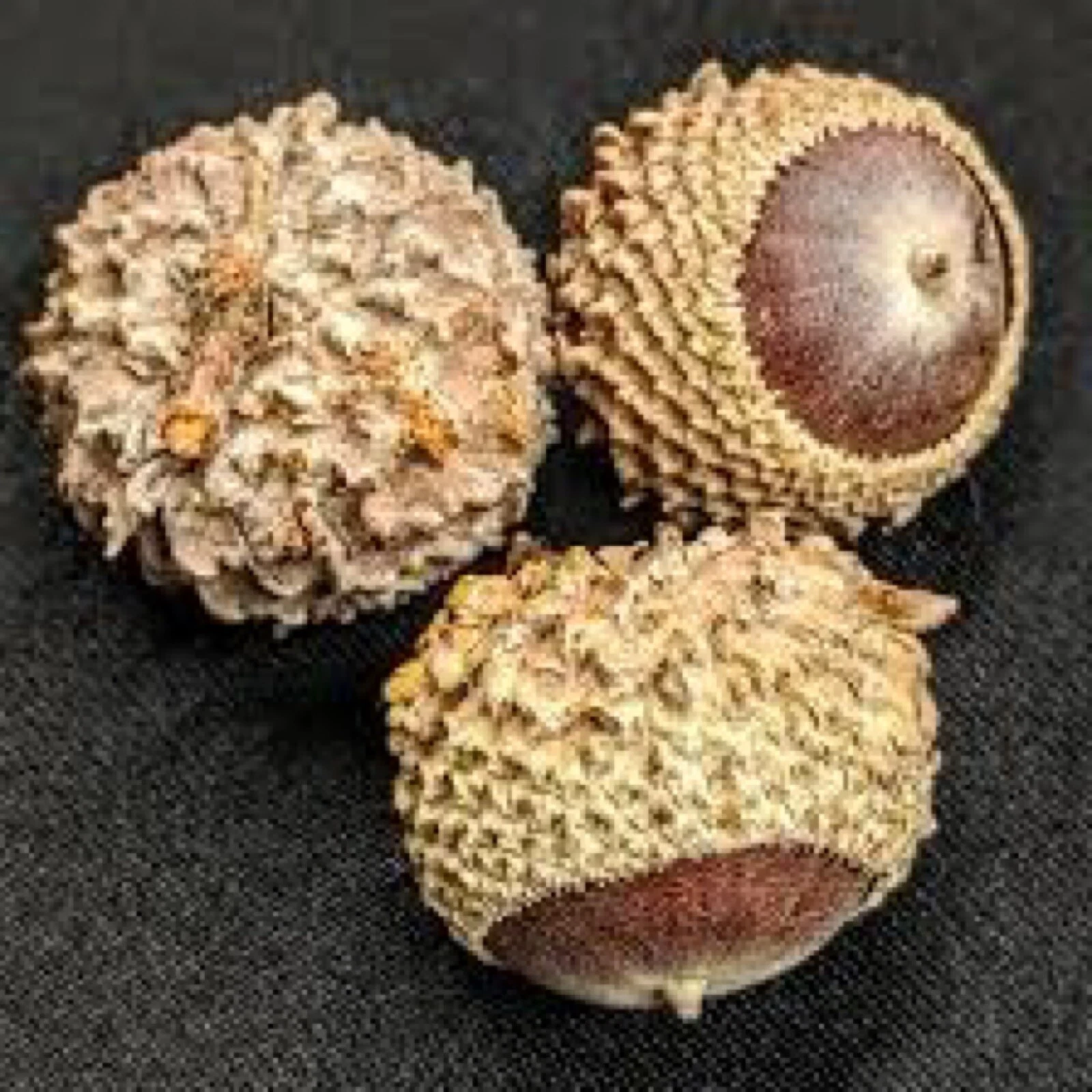

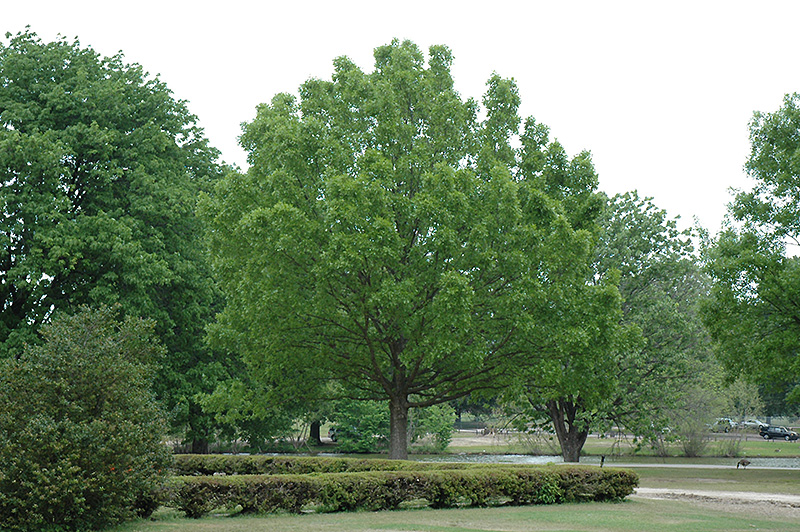

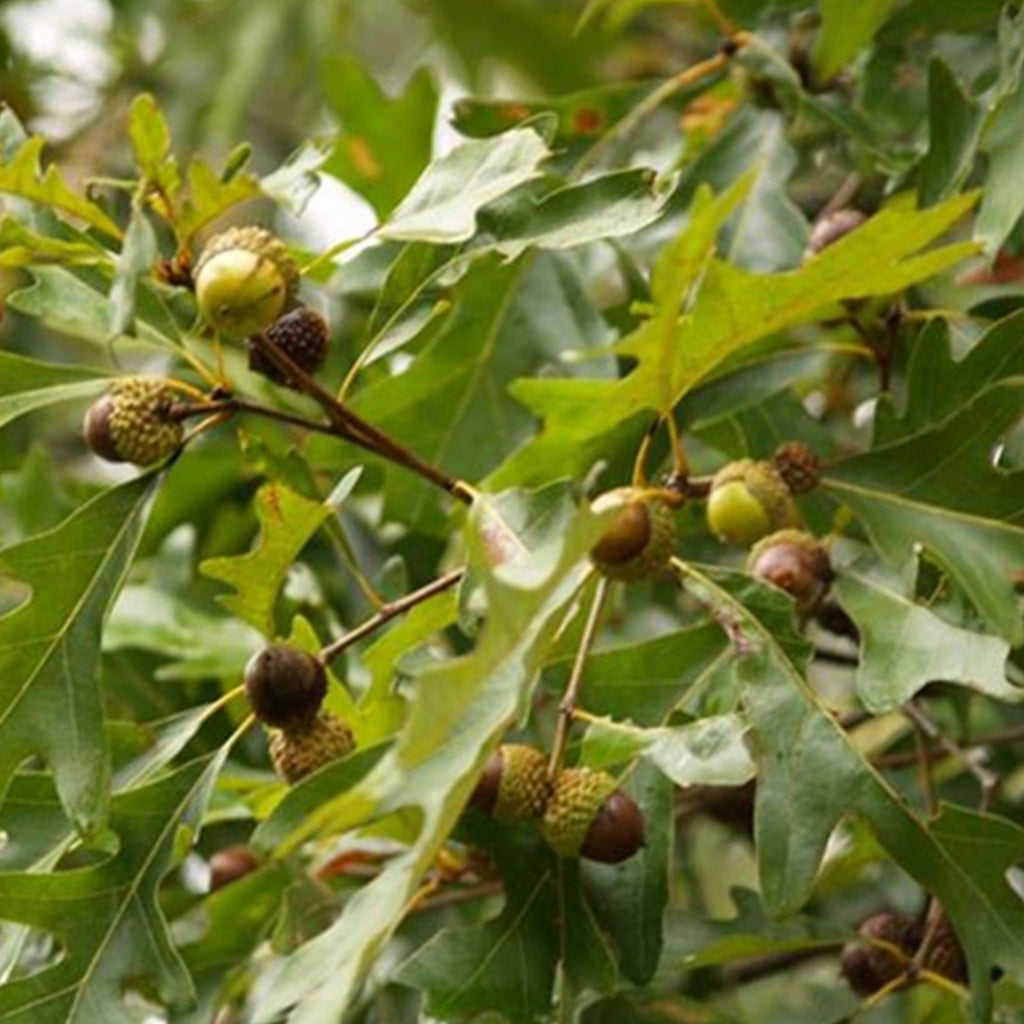










Leave a Reply